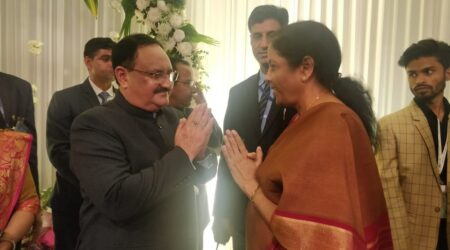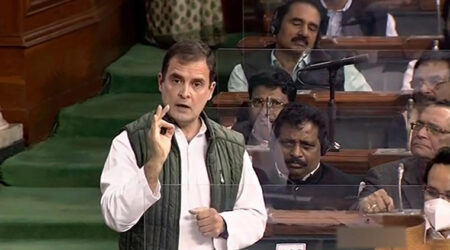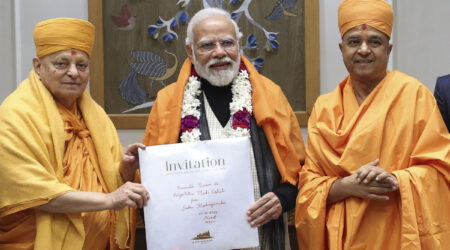Continuing with its efforts to help their motherland, members of the American Association of Physicians of Indian Origin (AAPI), building on its successful program, ADOPT-A-VILLAGE with the lofty goal of adopting 75 villages in India, have now initiated the Digital Integrated Prevention And Management Program (DIPAM), a rural health initiative in India during a virtual launch event on October 2, 2002, commemorating India’s 75th Independence Day.
In his welcome address, Dr. Ravi Kolli, President of AAPI, said, “While India has made substantial progress in health care as evidenced by the fact that life expectancy in India at birth now is 71 years as opposed to 58 years in 1990 there are significant gaps and divergence in health metrics in different regions. India thus needs to redouble and continue its efforts and dedicate resources to tackle these perennial challenges. The post-graduate training of physicians specializing in Family Medicine in every teaching institution will create motivated and well-trained family physicians to address these deficits and deliver accessible, affordable, economical and continuous preventive and primary care to rural as well as urban poor populations to raise health outcomes substantially all-across India.”
Chaired by Dr. Satheesh Kathula, the much-needed and popular program has Dr. Anupama Gotimukula, Dr. Jagan Ailinani and Dr. Murthy Gokula as members of the committee.
Dr. Anupama Gotimukula, Immediate Past President, AAPI, in her welcome address, referred to the objectives of Adopt-A-Village. “In Adopt-A-Village project where AAPI in collaboration with Global TeleClinics, Inc. plans to adopt 75 villages in honor of 75 years of India’s independence,” she said. People are offered free health screenings on vital health parameters.
Phase two of the project aims at providing: in person complete physical exam for positive NCD patients every three months; give three-month medications for the identified illnesses; daily teleclinic through the app-based solution; communication with the villagers through WhatsApp or telephone; access to a local health care worker hired by Global Teleclinics for daily interaction and emergencies; and, utilize local medical resources for immediate care.











